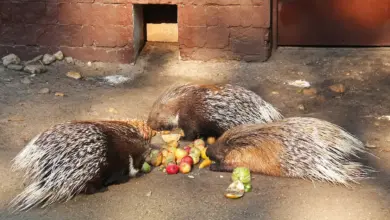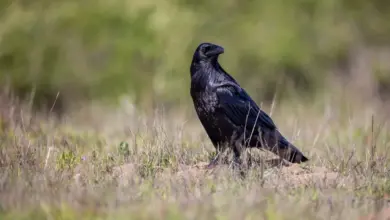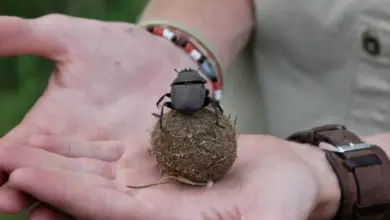Krill is a small crustacean that looks like a shrimp. It’s an important part of the marine food web. The krill are abundant in all oceans around the world. Estimates suggest that the Southern Ocean contains over 500 million tonnes of red shrimp or krill.
What exactly are krill and what is their role in the marine eco-system? This article will look at what krill consume as well as the krill themselves.
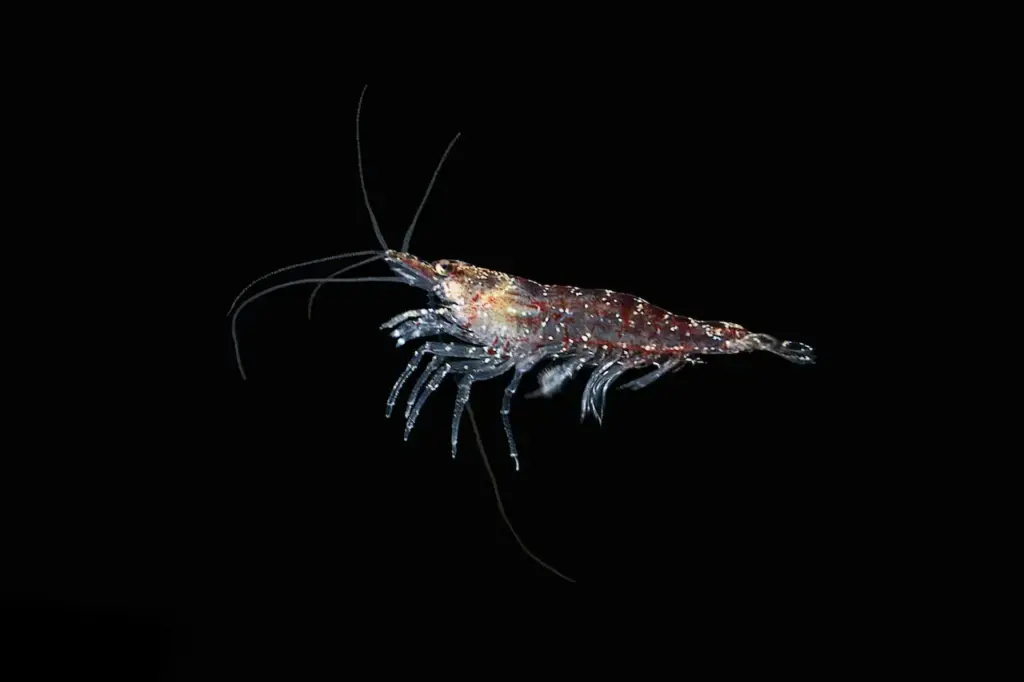
What Is Krill?
The crustacean Euphausiidae family includes tiny shrimp-like creatures called krill. The most common krill species is Euphausia superiora, or Antarctic krill. The Norwegian word “kriel” means “small fry fish”. Krill is a filter feeder.
The krill tend to form huge “blooms” and gather in colder, deeper waters. They will feed at night, when they rise to the surface. As adults, krill can grow up to 1-6 cm in length. They are an important part of marine ecosystems in the Antarctica and around the world.
Krill Predators
Krill is a major part of the diets of large marine animals. These are the main predators of krill in the oceans.
Whales
Many baleen species rely heavily on krill for their main food source. This includes blue whales and minke whales. Their baleen plates allow them to filter and scoop up large amounts of water containing krill.
Some whales can consume up to 4 tons of krill each day. Many whale migrations are based on the seasonal movements and krill swarms.
Penguins
Penguins are also important krill-predators. Over 90% of the diet of species like the Adelie Penguin of Antarctica is krill. One Adelie Penguin can consume up to 130 grams of Krill each day.
Penguins prey on krill using their speed and agility.
Seals
Seals are also a major predator of krill. In Antarctica, the Crabeater Seals eat krill primarily. They can consume up to 5,000-7,000 krill per a day. They can filter feed using their specialized teeth. Some seal species like the leopard seal and fur seal also feed on krill.
Fish
Many fish species feed on krill, particularly in their larval stage. Krill is a main food source for many fish species, including cod, basking sharks, pollock, mackerel and mackerel. The larval and juvenile stages of krill are eaten by smaller fish, while the adult stage is consumed by larger predators.

Squid
The squid is another important krill-predator. Antarctic squid species depend on krill up to 50% of their diet. The krill is captured using their suckers and tentacles. The squids are able to move higher in the water column during the night to catch the krill.
Seabirds
All seabirds, including the Antarctic petrel and snow petrel as well as southern fulmar, feed on krill. Both adult and juvenile krill may be eaten. Petrels can catch krill with their hooked beaks while flying at the surface of the ocean. Krill can account for more than 50% of their food.
Other Predators
Crabs, albatrosses, colossal fish, and other species of fish are also krill-predators. Some deep-water predators, such as lanternfish, sea stars, and dragonfish that live at the bottom of the ocean, also eat krill.
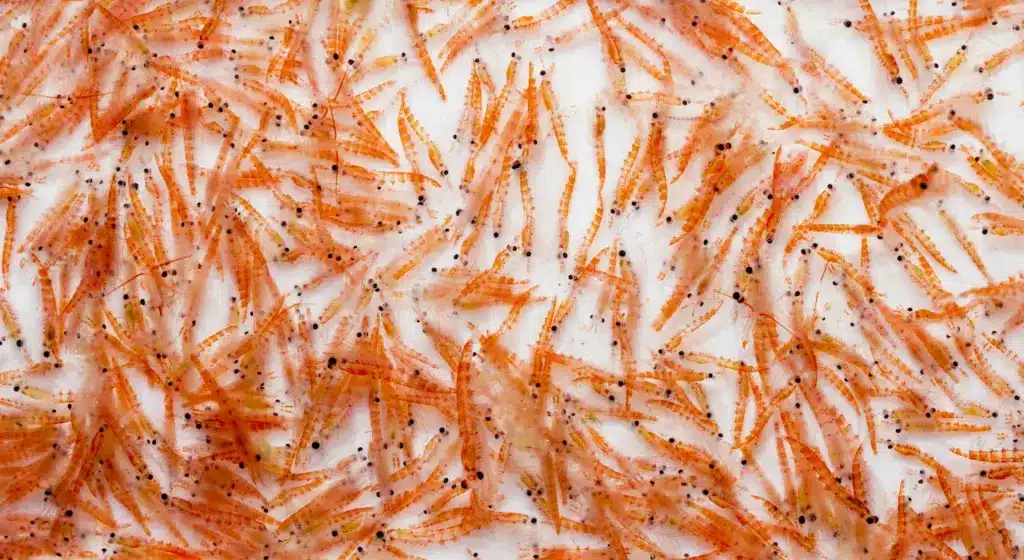
What do Krill eat? – Krill Diet
Krill are filter-feeders that consume both zooplankton and microscopic plants. This is a brief overview of krill’s diet.
Phytoplankton
The main component of krill’s diet is phytoplankton. Phytoplankton is a microscopic algae or cyanobacteria which drifts in the ocean’s photic zones. Krill collect tiny plants by filtering large volumes of water in their feeding baskets. They also obtain carbohydrates, lipids and proteins.
Zooplankton
Krill also eat small zooplankton, such as copepods and amphipods. Zooplankton is a small aquatic animal. Krill can capture zooplankton and eat it to gain extra protein, nutrients and fats.
Detritus
Krill feeds on marine debris and snow, as well as phytoplankton and zooplankton. It includes dead organisms and organic debris such as feces. Krill can filter and digest detritus.
Larvaeans
Larvaceans, a common zooplankton, create mucus homes to filter their feed. Krill eats both larvaceans, and their mucus-filled houses that collect marine snow and phytoplankton.
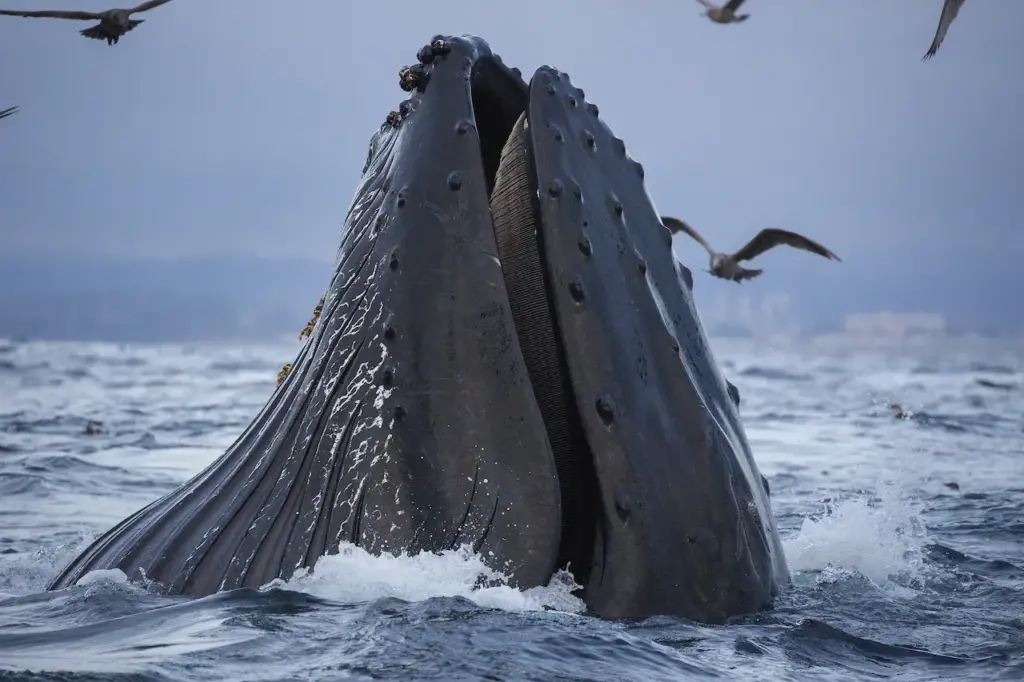
Sponges
Glass sponges are consumed by some species of deep-water krill and those living on the sea floor. The sponges’ spicules provide silica, as well as other minerals to the krill.
Biofilms
Biofilms are thin microorganism layers that form on underwater surfaces. Some evidence suggests krill can graze on biofilms that are growing on the seafloor or floating debris.
In summary, krills are an important consumer of primary production within the oceans. They are filter feeders that consume phytoplankton, and recycle nutrients throughout the water column.
These animals help to transport organic matter and energy from the surface of the ocean down to deeper water animals.
The importance of Krill to the marine food web
Krill are a vital part of the marine food chain as they provide nutrition to larger animals.
- Krill are the primary consumers of phytoplankton.
- Krill is a major food source for many animals, including whales, seals and penguins as well as fishes and squids.
- Krill transport nutrients and energy through the water column.
- Carbon export – Sinking krill excrement helps export carbon into ocean depths
- Krill populations are indicators of overall ecosystem health
The decline in krill numbers due to climate change or overfishing could have a far-reaching impact on predators, and the entire marine ecosystem.
If krill stock collapsed, many Antarctic seabirds would have difficulty finding alternative food sources. A balanced and productive marine ecosystem depends on maintaining healthy krill population.
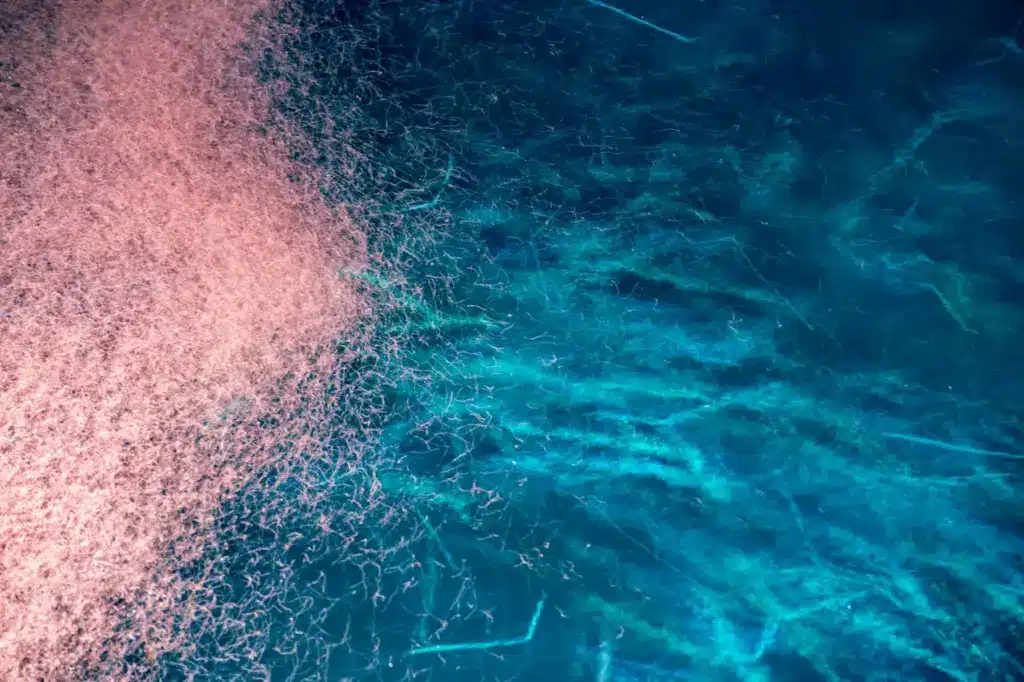
Krill populations are threatened by a number of things
Although abundant, certain krill species are now threatened by threats that may impact their future numbers.
Overfishing
In the 1970s, commercial krill fisheries began to boom. They have accelerated in recent times. Although regulated, future levels may exceed the sustainable ones. The population could be depleted by more krill fishing boats with higher catches.
Climate Change
Acidification and warming of ocean temperatures may have an impact on phytoplankton, which krill depend upon. The loss of sea ice habitat is also a threat to krill, which use it as a nursery, for feeding and to avoid predators.
Pollution
Krill populations can be contaminated by toxins, plastics and oil spills. This is especially true in the northern oceans which are more polluted. Krill can ingest microplastics when filter-feeding.
Switching prey
Some predators could switch to alternative prey if climate change affects key prey such as krill. This would reduce the pressure on krill. This could have an impact on food chains.
Maintaining healthy krill populations means addressing direct threats such as overfishing, while also combating climate change.
Krill are vital to ocean nutrition and as prey of apex-predators. A decline in their numbers could have wide-ranging consequences.
Conclusion
Krill is a small crustacean that plays a major role in marine ecosystems around the world. They are the primary consumers of phytoplankton, zooplankton, and other marine organisms.
Krill provides nourishment to animals in all ocean depths by moving nutrients throughout the water column. Although krill are still plentiful, their future is uncertain due to commercial harvesting and climate change.
To maintain a balanced marine food chain, it is important to ensure healthy krill population. The tiny size of these creatures belies their enormous contribution to oceanic habitats.



